I still remember my surprise when I first stumbled upon Pollino National Park during a trip through southern Italy. You’d think a place this massive would be famous, but somehow, it feels like a secret. This park, the biggest in Italy, stretches across wild landscapes and hides treasures most travelers never even hear about. Ancient Heldreich’s Pines—some nearly 800 years old—and rare orchids burst into color in the mountain meadows.
Walking through Pollino is like stepping into a living museum of plants. The legendary loricate pines, with their twisted shapes and tough bark, cling to steep ridges. Locals treat these ancient trees as the park’s symbol—they’ve seen centuries pass and give the place a mysterious, almost haunting beauty.
I wandered through beech forests where some trees have stood for over 600 years, their thick branches arching overhead like a natural cathedral. But what really grabbed my attention? Delicate orchids scattered across the alpine meadows—just a few of the 50 species calling this wild corner of Italy home. The contrast between these fragile blooms and the rugged mountains is pure magic for anyone who loves nature.
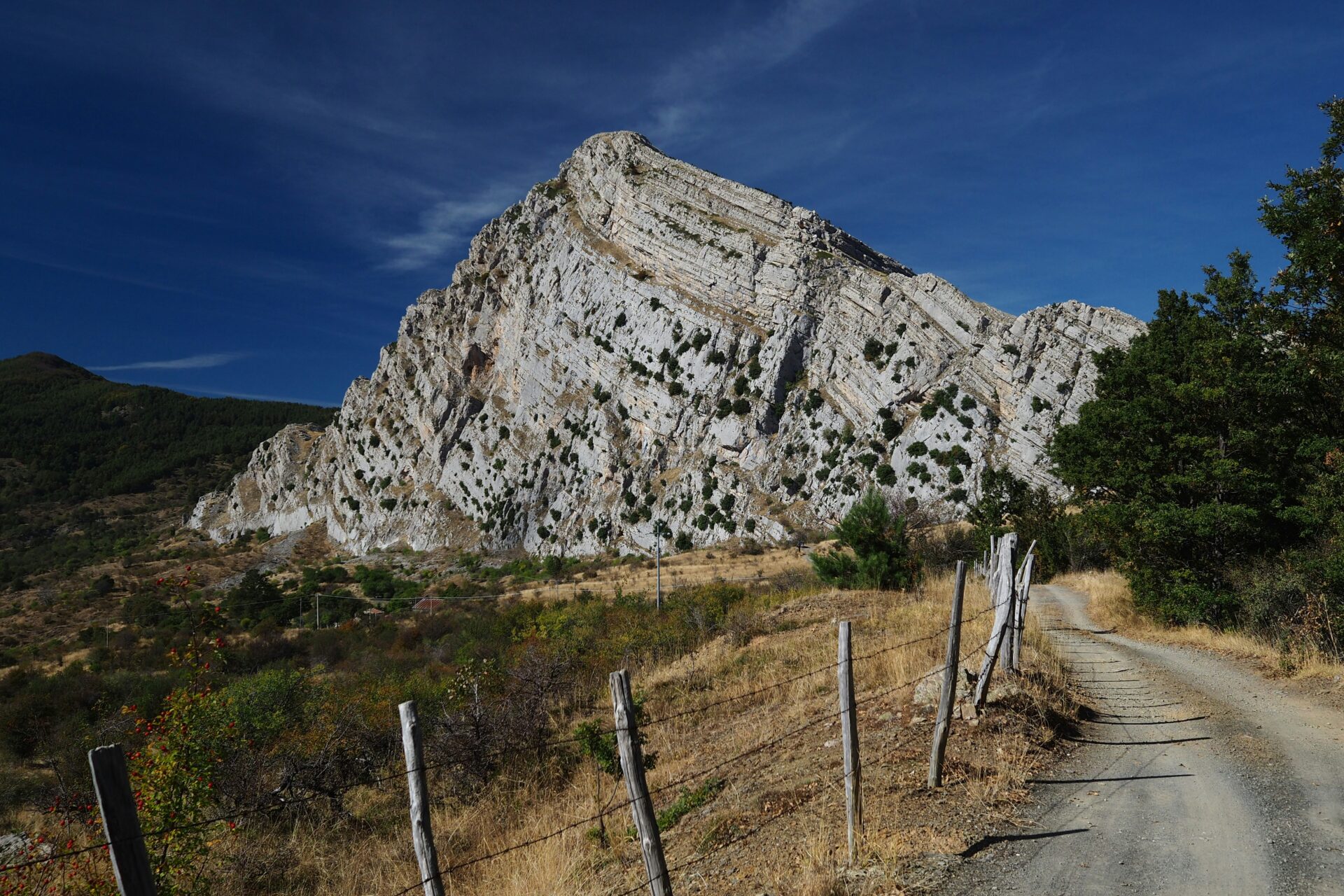
Exploring Pollino National Park: Italy’s Natural Treasure
Pollino National Park sits between Calabria and Basilicata, claiming the title of Italy’s largest protected area at 192,000 hectares. The landscape here is wild and distinctive, packed with ancient pines and an incredible mix of species that earned the park UNESCO World Heritage status.
Geography and Unique Landscape
I didn’t expect Pollino National Park to straddle both Calabria and Basilicata, but it does. The park covers the highest peaks of the southern Apennines, with summits soaring over 2,200 meters.
The landscape shifts from warm Mediterranean lowlands up to chilly alpine heights. What really stands out are the loricate pines—bark like armor, some over 900 years old. It’s wild.
On my hikes, I crossed through all kinds of ecosystems. I spotted rare orchids in the meadows and glimpsed signs of wolves, eagles, and even the elusive Italian otter. The park is so big you could wander for days, moving from dense forests to wide-open meadows and rocky highlands.

Geology: Limestone Peaks and Valleys
Pollino’s geology hooked me right away. Limestone rules the landscape, shaping wild karst formations over millions of years.
Huge valleys slice through the rock, forming jaw-dropping gorges like Raganello. These canyons are perfect for rafting and canyoning if you’re into adventure.
Underground, water has carved out cave systems that are still mostly unexplored. There’s a real sense of mystery here.
The park’s peaks—Monte Pollino (2,248m) and Serra Dolcedorme (2,267m)—rise sharply from the land. You can spot them from miles away. These limestone mountains even hide fossil deposits that hint at a time when the whole area was underwater.
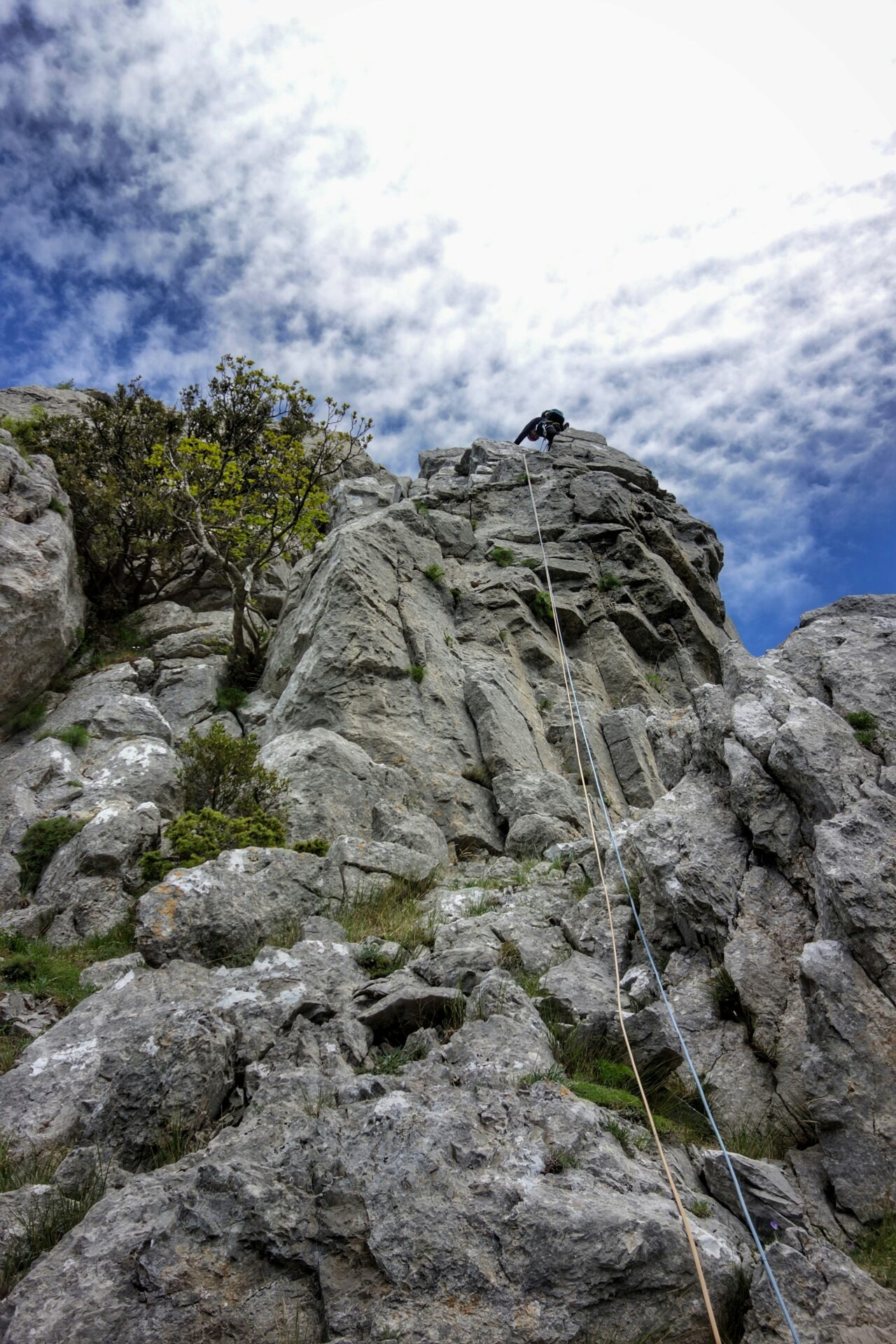
Historical and Cultural Significance
Hiking through Pollino isn’t just about the wild. It feels like walking through layers of history. Ancient trails link mountain villages where people still keep old traditions alive.
Castrovillari and Morano Calabro charmed me with their medieval buildings and winding stone streets. Local festivals keep folklore and customs going strong, all deeply tied to the landscape.
People have lived in this area since prehistoric times. You can see Byzantine touches in the churches and religious art.
Locals have a close relationship with their land. Traditional farming, cheesemaking, and food all reflect sustainable ways of living that go back generations. Small museums in the villages show off old crafts and tools, giving a glimpse into how people survived in these tough mountains.
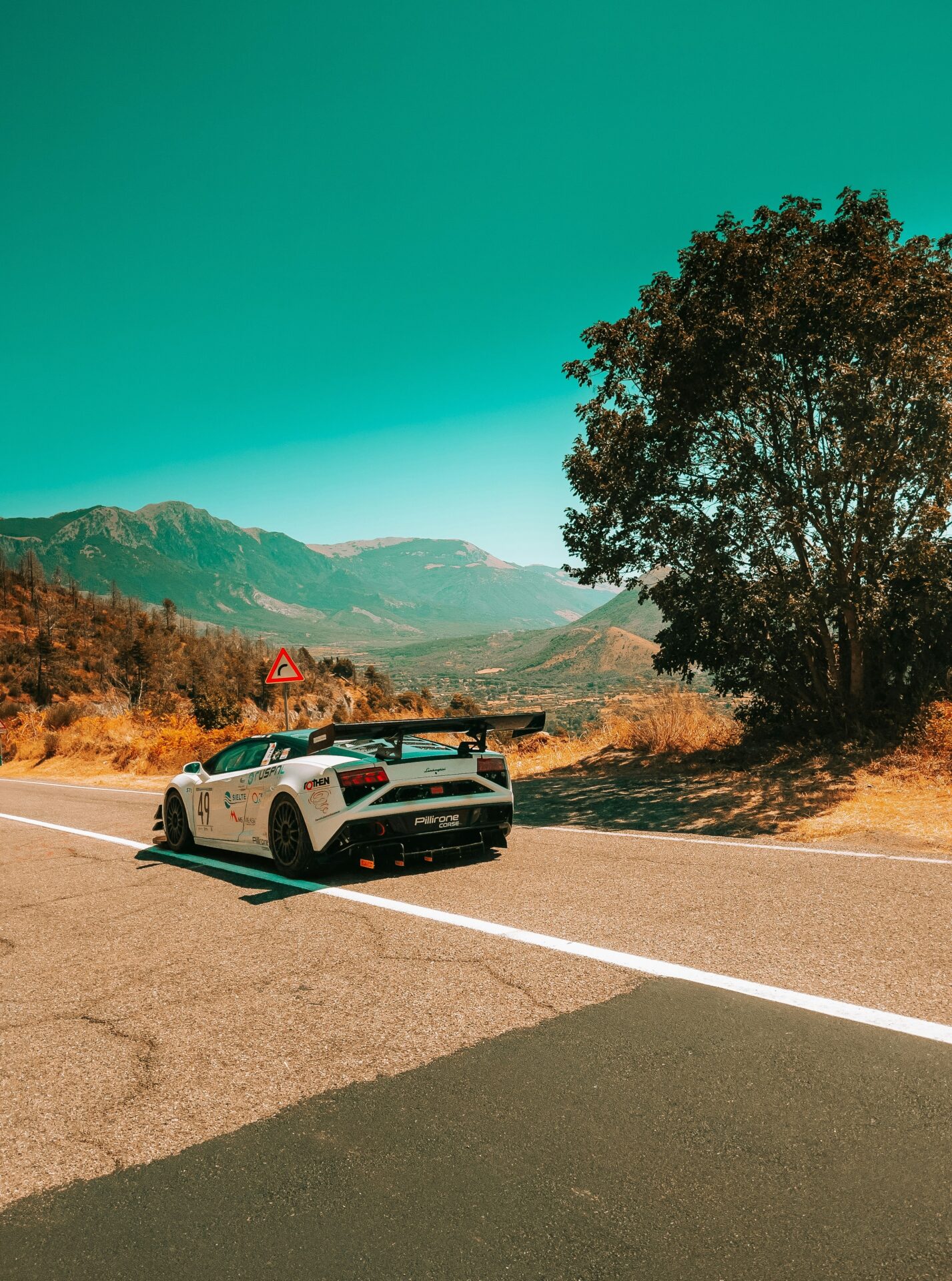
The Ancient Bosnian Pines and Diverse Forest Flora
Every time I walk through Pollino National Park, I’m blown away by the variety of plant life. The ancient trees and bursts of color have shaped an ecosystem that’s thrived here for centuries.
Enduring Pines: Symbols of the Southern Apennines
The Pino Loricato, or Bosnian Pine, really steals the show in Pollino. These trees are some of Europe’s oldest living things. One, called “Italus,” clocks in at about 1,230 years old—the oldest documented tree in Europe.
What’s wild about these pines is their toughness. They grip rocky limestone cliffs at high elevations, sometimes in places you’d swear nothing could grow. Their twisted, weathered trunks tell stories of centuries of storms and sun.
I’ve noticed these old pines are even growing faster lately, which seems impossible but it’s happening. After more than a thousand years, they’re still adapting.
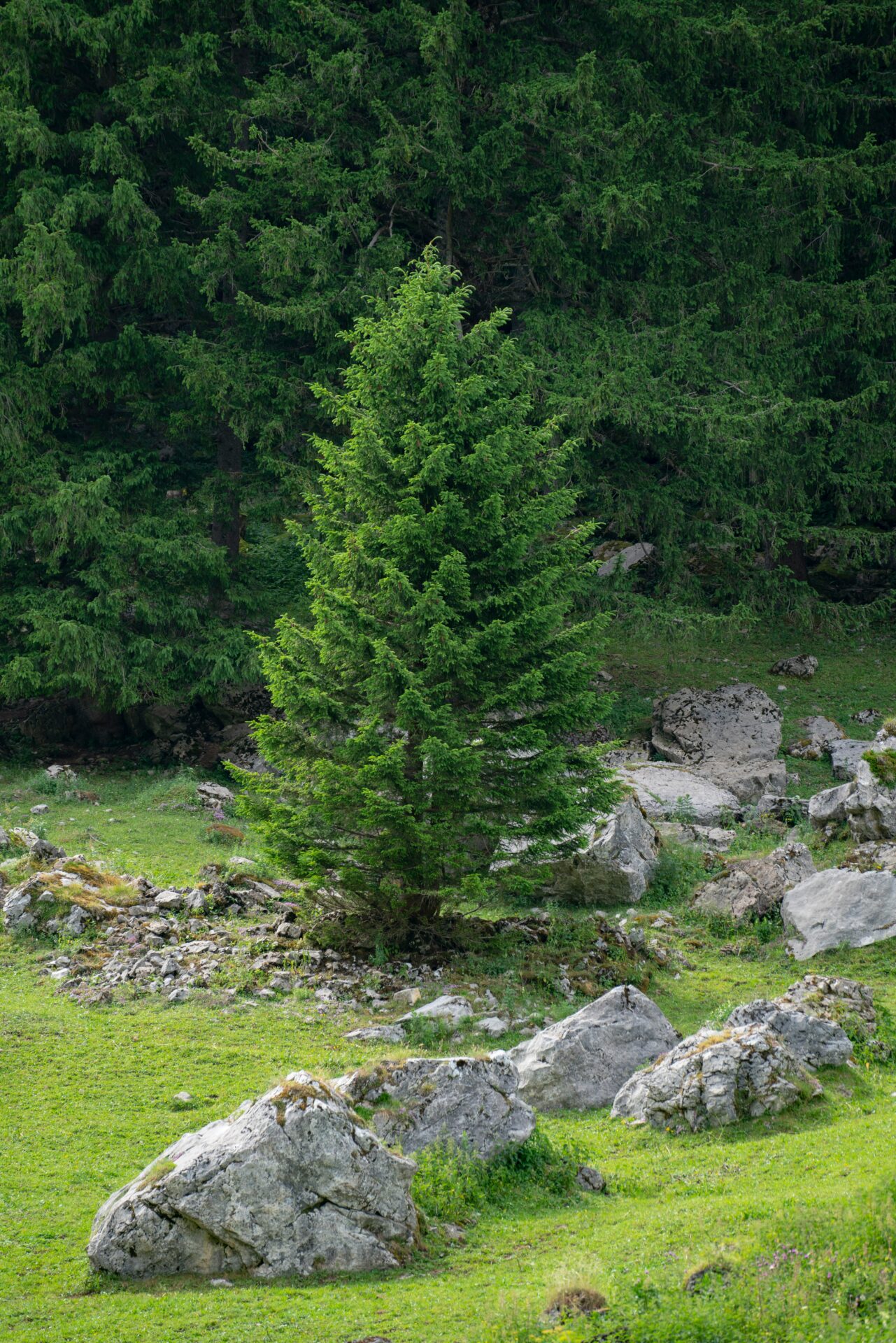
Beech Trees, Cistus, and Native Plant Life
The forests here aren’t just pines. The beech trees are something else—some are over 600 years old. These “faggete vetuste” (ancient beech forests) make you feel tiny, standing among their straight, towering trunks.
Spring and summer bring a riot of flowers. I’ve lost track of how many hours I’ve spent photographing orchids, violets, and red lilies scattered across the meadows.
Cistus shrubs add flashes of pink and white at lower elevations. Their petals are papery and last only a day, but new blooms keep coming. Gentians, with their deep blue flowers, pop up against the green everywhere you look.
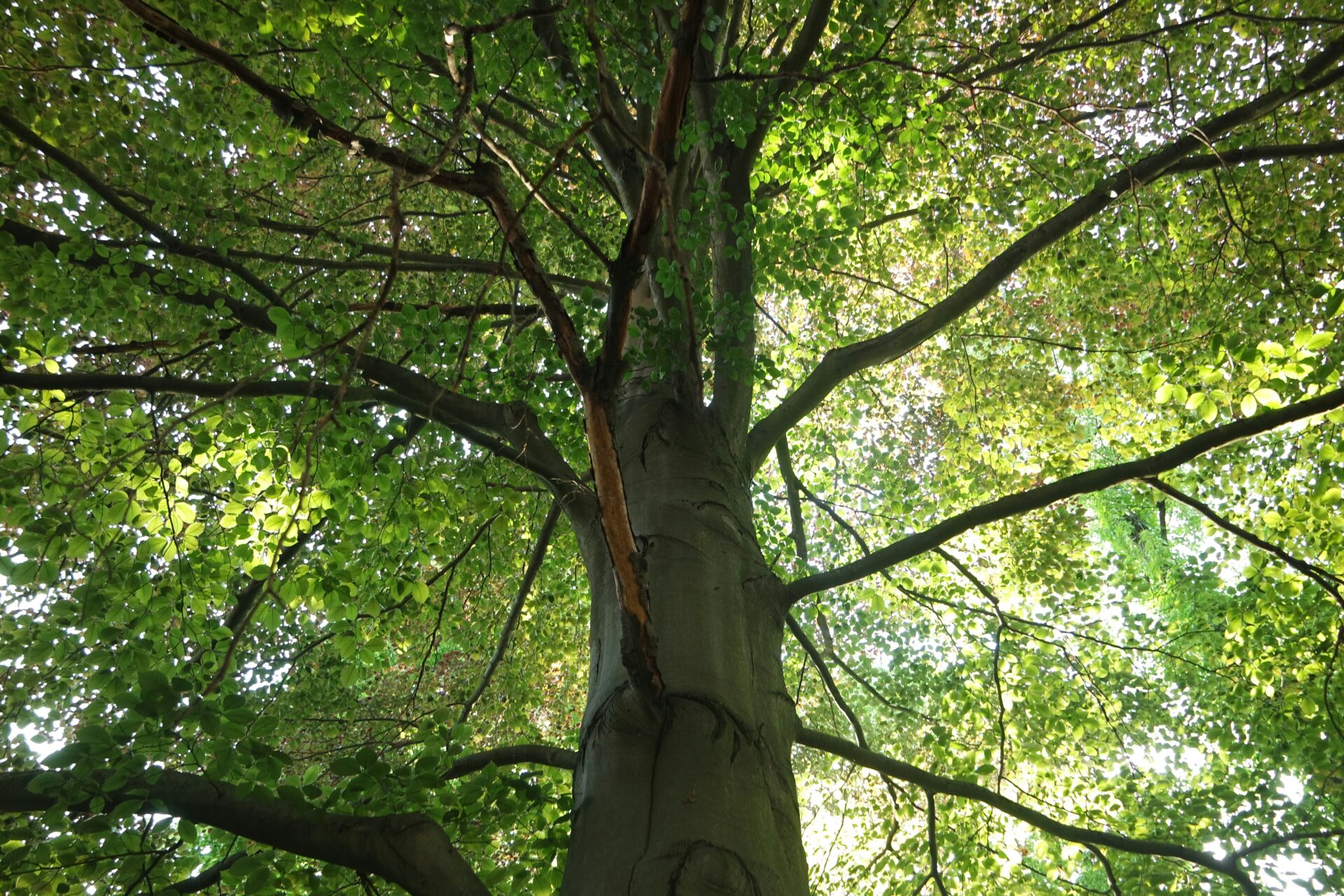
Adapting to Weather and Altitude
What really fascinates me is how plants here adapt to the park’s wild swings in weather and altitude. The vegetation changes fast as you climb from warm valleys to cold peaks.
Down low, I find drought-resistant plants with waxy leaves, perfect for hot summers. Middle elevations have mixed forests that shift color with the seasons.
Up high, plants hug the ground to dodge fierce winds. Many have deep roots and compact forms to survive the harshest weather.
In winter, the pines keep their needles while the beeches drop their leaves. It’s two totally different survival strategies, and both work in this mountain wilderness.
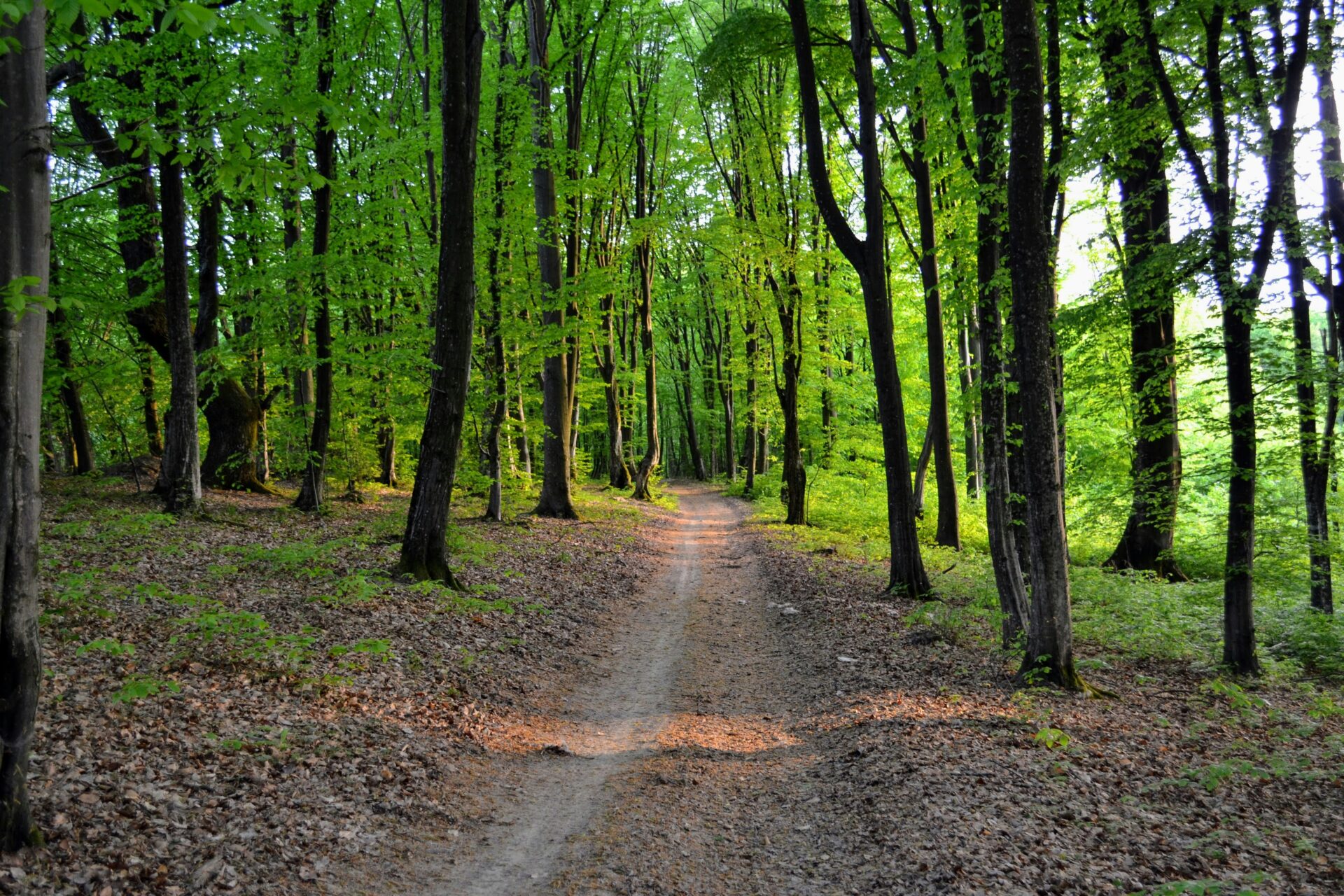
Discovering Rare and Wild Orchids
Italy’s mountains, especially in Abruzzo and Cilento National Park, hide some of Europe’s richest wild orchid populations. Over 180 species bloom in these protected places, but you’ve got to know where to look.
Seasonal Blooms and Orchid Hotspots
If you’re hoping to spot wild orchids, late April through June is the sweet spot. Abruzzo’s mountain meadows are packed with rare species during these months.
On my spring hikes in Cilento, I stumbled across the Primula palinuri, which is actually the park’s symbol. But the real thrill is finding different orchids along the trails.
For beginners, I’d say start at the “Valley of the Orchids” in Cilento. The rocky ground here is perfect for dozens of species. I’ve had the best luck searching the limestone meadows early in the morning, when the light makes it easier to spot the tiny, delicate flowers.
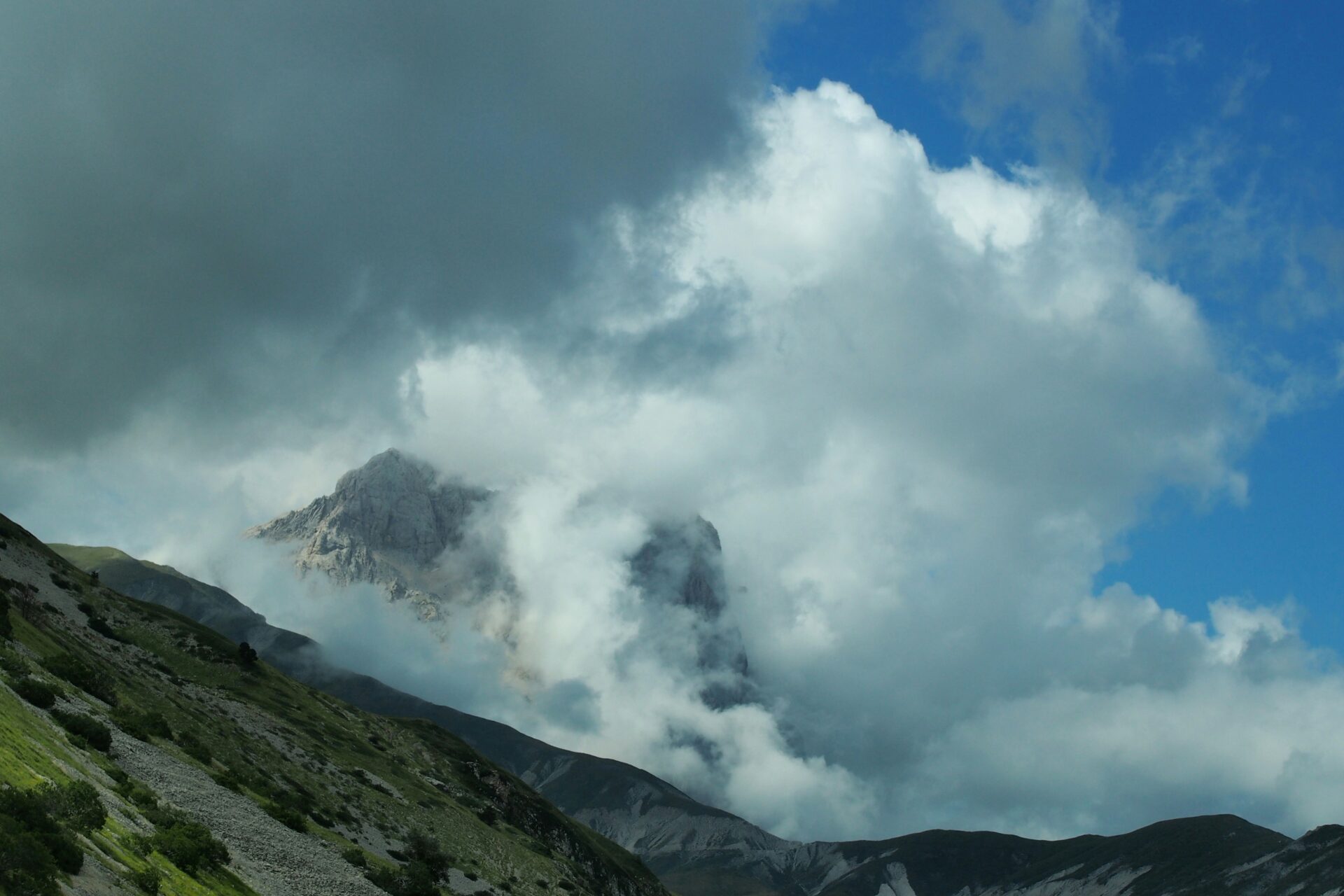
Habitat: Limestone Grasslands and Forest Edges
Wild orchids thrive in Italy’s limestone-rich soils. The pH is just right for them. I’ve noticed they love the edges where forests meet meadows.
These border zones give orchids dappled sunlight and some shelter from the elements. Many species partner up with certain fungi in these grasslands, which helps them survive where other plants can’t.
Some of the rarest orchids hide in plain sight. Their flowers are tiny or their colors so subtle they blend right in. I’ve spent ages scanning the ground, sometimes finding three or four species in just a few steps.
Photographing and Protecting Wild Orchids
When I photograph orchids, I stick to a strict “no disturbance” rule. I use a macro lens and move slowly, always careful not to harm anything. Morning light is usually best—the low sun really lights up the petals.
I never pick or touch the orchids. Many are protected by law, and even a gentle brush can damage them. Some take years just to flower.
A few things I always bring on orchid hunts:
- An Italian orchid field guide
- GPS to mark good spots
- Knee pads for crouching low
- Patience, and a willingness to come back again and again
Conservation efforts in Italy’s parks have helped, but orchids still face threats from climate change and habitat loss. By sharing photos and stories, I hope more people see why they matter.

Wildlife Encounters: Fauna of the Park
Pollino National Park is a haven for wildlife. You’ll find everything from big mammals in the forests to rare birds circling the peaks, and even aquatic life in the rivers and lakes.
Boars, Porcupines, and Majestic Golden Eagles
While hiking through Pollino’s woods, I’ve come across wild boars rustling in the leaves. They’re shy and vanish fast if you get too close.
Porcupines are even more elusive, but sometimes I spot their quills scattered along the trails—a sure sign they’ve been around after dark.
The real showstopper up here is the golden eagle. I’ve spent entire afternoons watching them soar above the cliffs, their wings stretching over seven feet. They nest in places you can barely reach.
Wolves are making a comeback in Pollino. I haven’t seen one yet, but I’ve found their tracks and heard distant howls—a reminder they’re out there, keeping the balance.
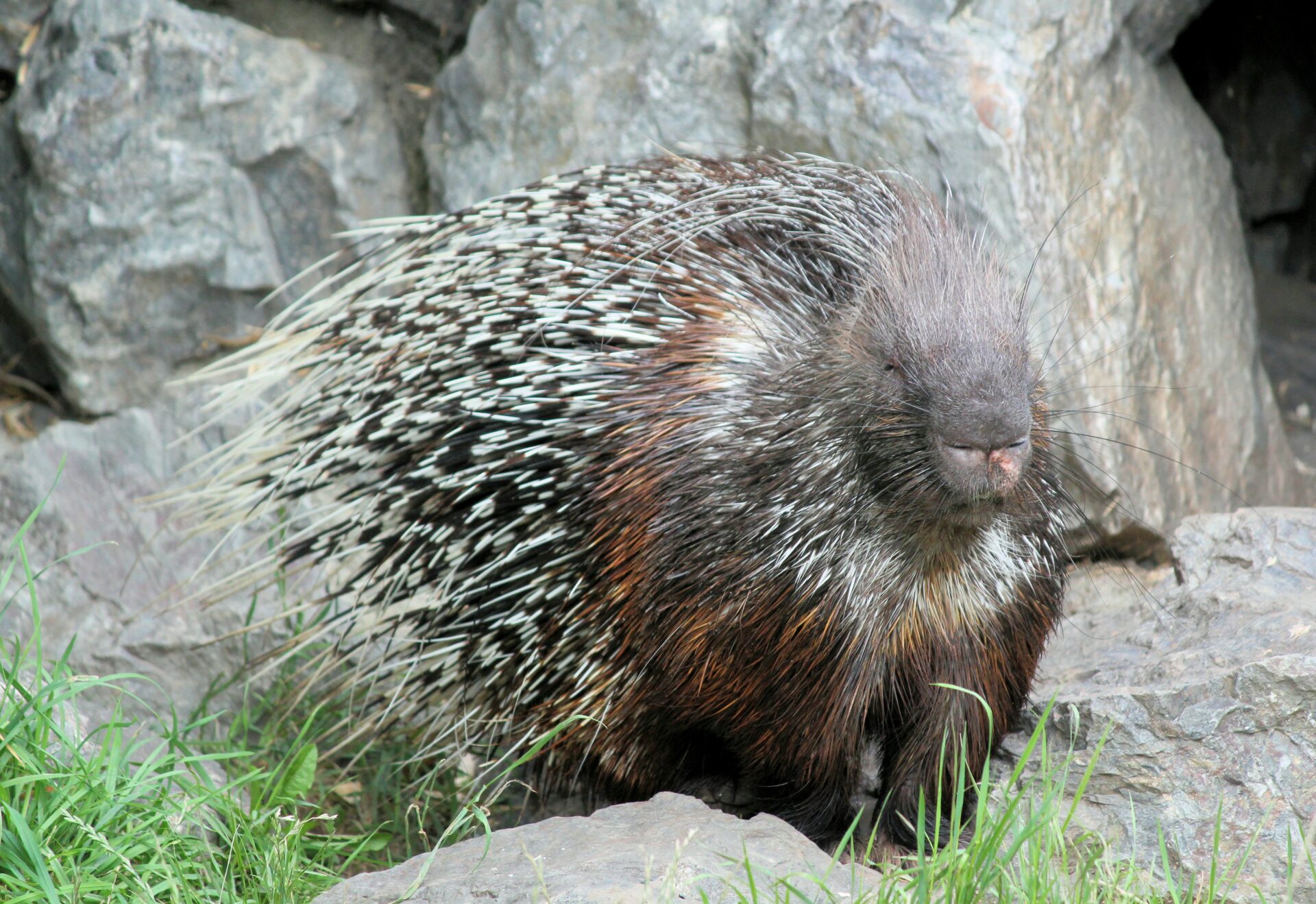
Peregrine Falcon and Diverse Birdlife
I’ve watched peregrine falcons dive at breathtaking speeds, chasing smaller birds through the mountain air.
Birdwatching in Pollino is a treat. My list so far includes:
- Black woodpeckers hammering on old trees
- Great eagle owls hooting at dusk
- European bee-eaters flashing color in summer
- Red-billed choughs flying in noisy flocks
Over 140 bird species call this park home at different times of year. Spring is the best for spotting them, when migrants return and courtship is in full swing.

Rivers, Lakes, and Aquatic Life
The rivers slicing through Pollino’s valleys are crystal clear and full of life. I’ve watched otters play along the banks on early morning walks.
Trout dart beneath the surface, flashing silver in the sunlight. The park’s efforts to protect these waters really show.
Up in the mountains, small lakes provide safe spots for amphibians. Come spring, they’re alive with frogs and newts.
Water quality here is still excellent, which is getting rare these days. Otters, in particular, only stick around where the water stays clean and prey is plentiful.
Adventures and Activities: Going Beyond Botanicals
Of course, Pollino National Park isn’t just about ancient trees and rare flowers. The rugged landscape is perfect for hiking, climbing, seasonal sports, and wandering through villages that feel lost in time.
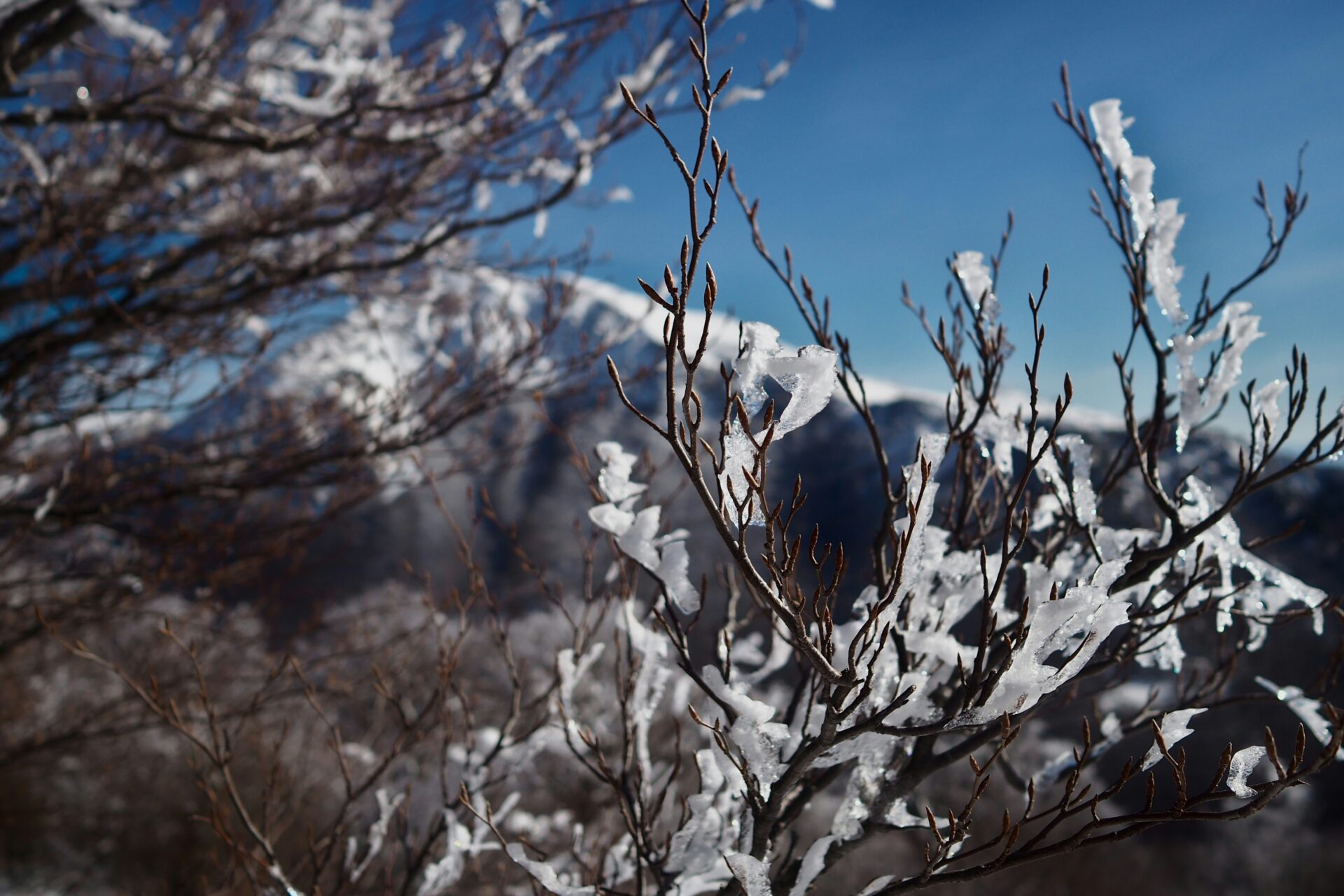
Hiking Routes and High Paths
Pollino really surprised me—it offers some of Italy’s most rewarding hiking experiences.
The park lays out well-marked trails for every skill level, whether you’re after a gentle stroll or a challenging multi-day trek.
The famous “Sentiero Italia” (Italian Path) winds right through Pollino. On a clear day, you can catch breathtaking views of both the Ionian and Tyrrhenian seas.
When I visited, I tackled the route to Serra del Prete (2,181m). The climb rewarded me with some truly spectacular panoramas.
If you love nature, you’ll want to try the trail to Piani di Pollino. It weaves through beech forests and alpine meadows that burst with wildflowers in the spring.
I’d suggest starting early if you’re hiking to Gran Piano. The morning light makes everything look magical—especially if you’re into photography.
Several trails lead to viewpoints where you can spot the park’s famous loricato pines. Local guides told me some of these pines have stood for over 600 years.
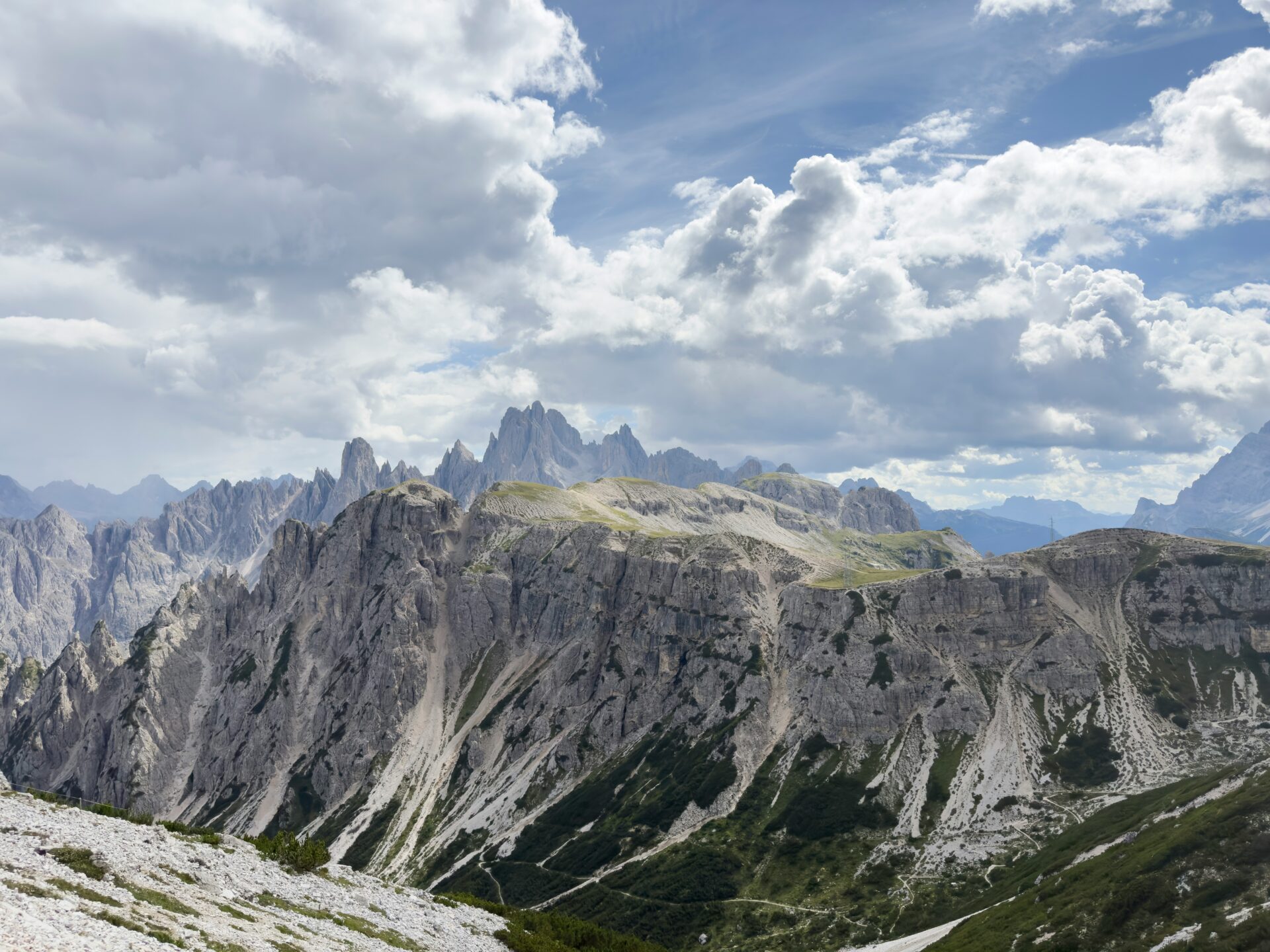
Climbing and Mountaineering
Limestone formations shape Pollino into a playground for climbers.
During my adventure, I found routes that worked for both beginners and seasoned climbers.
Mount Pollino (2,248m) offers tough ascents that challenge your technical skills. I hired a local guide who showed me the Timpa di San Lorenzo, which has excellent rock climbing with a mix of routes.
Serra Dolcedorme (2,267m) stands as the park’s highest peak. It’s a more technical climb, so you’ll need proper gear and some experience.
Even in summer, I packed extra layers. The weather at the summit changed quickly and caught me off guard a couple of times.
Outfitters in nearby villages rent equipment and organize guided climbs. I really appreciated their knowledge about seasonal conditions and their focus on safety.
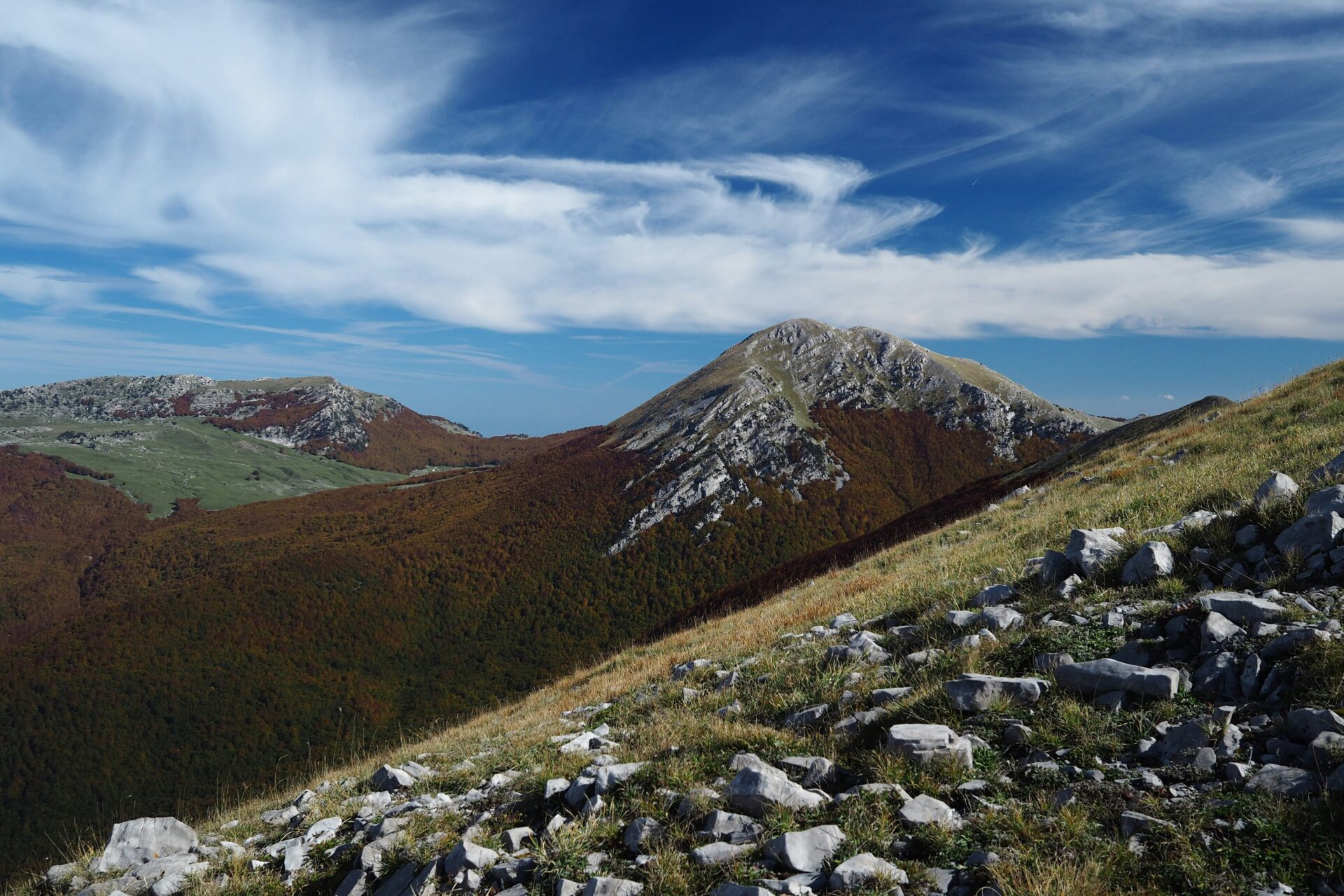
Skiing and Seasonal Sports
Winter turns Pollino into a snow-covered wonderland. Sure, it’s not as developed as the big northern resorts, but honestly, the authentic vibe here is hard to beat.
The Lorica-Botte Donato ski area maintains several good slopes. What really sets it apart? Sometimes you get mountain and sea views at the same time—skiing with the Mediterranean in the distance feels surreal.
If you want something gentler, you can try snowshoeing through quiet forests and open fields. Local guides lead trips to hidden spots that most tourists miss.
When the snow melts, the park’s rivers swell and become perfect for whitewater rafting and canyoning. I spent a wild day on the Lao River, shooting rapids through steep gorges.
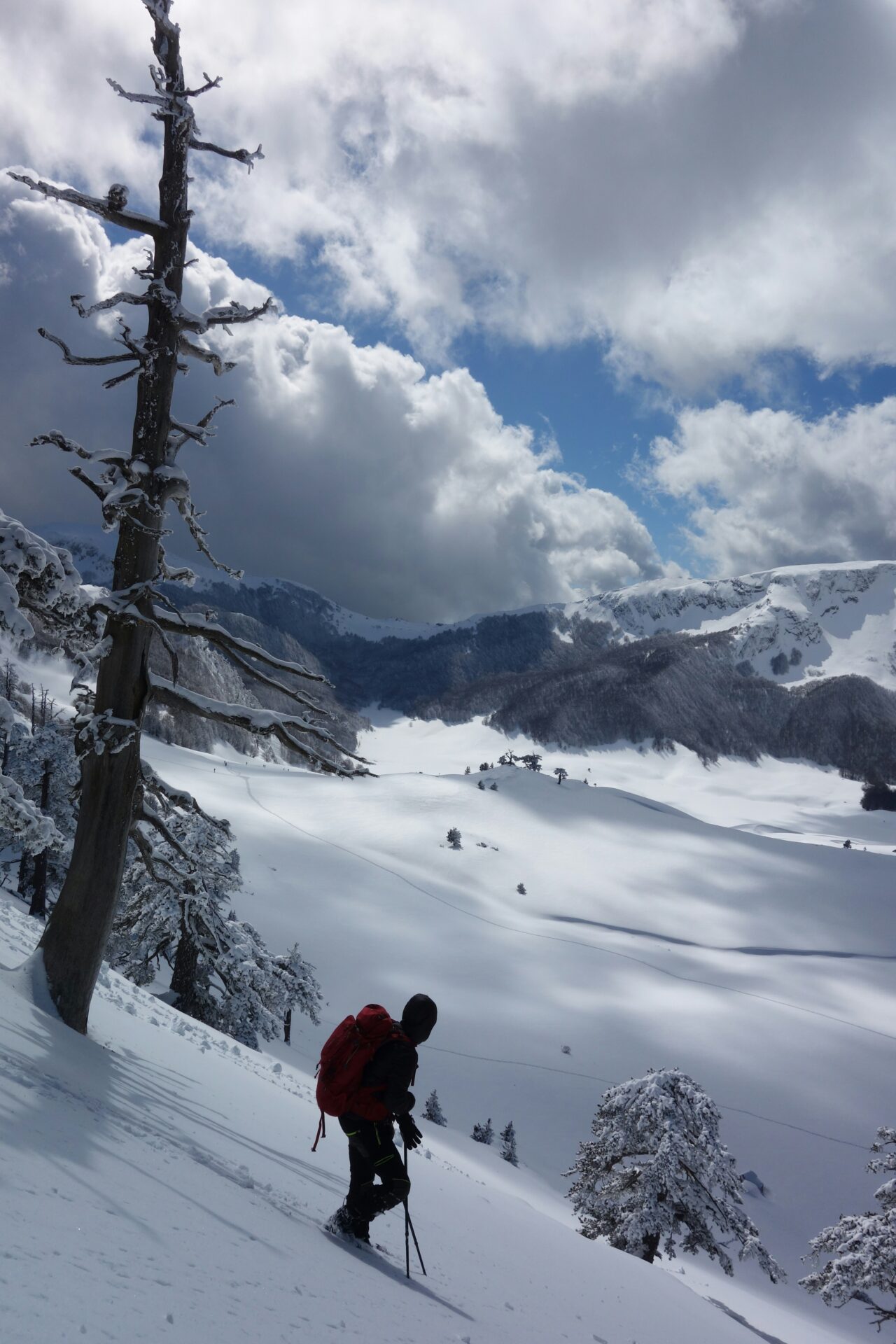
Accommodation and Local Villages
Staying in Pollino’s mountain villages gave me a real glimpse into southern Italian life.
These communities hold onto traditions that haven’t changed much in centuries.
In Morano Calabro, I wandered narrow medieval streets before digging into a meal of fusilli with wild boar sauce. The villages of Rotonda and Viggianello have charming bed and breakfasts, and locals there love sharing stories about the park’s history.
For a deeper experience, I spent two nights in a rifugio (mountain hut) near the high paths. The accommodations were simple, but the stargazing was absolutely spectacular.
Many villages host festivals that celebrate local traditions, especially during the summer. I got lucky and caught a folk music show in Civita, complete with traditional instruments and dancing.
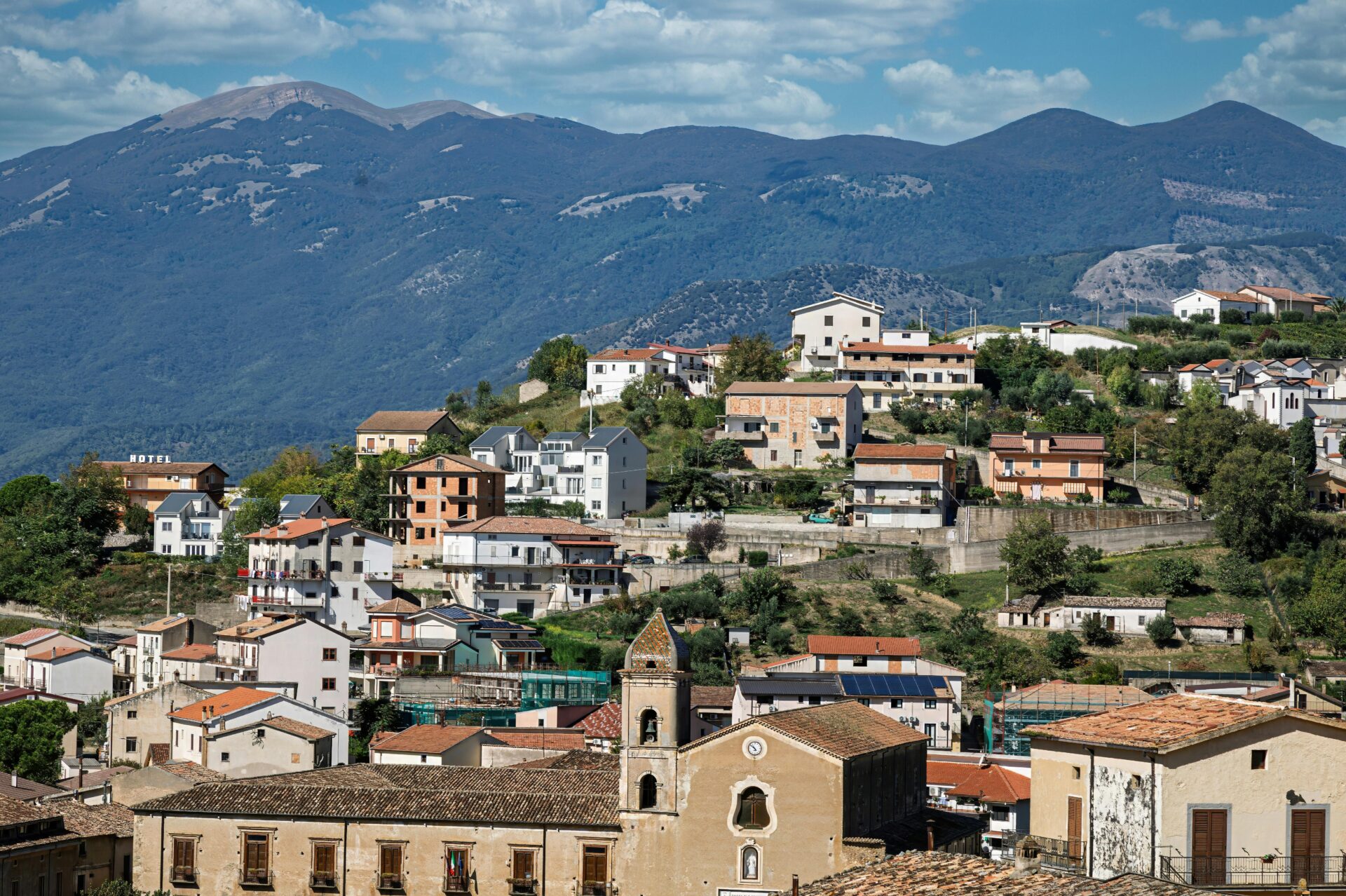
Travel Tips and Regional Connections
If you’re planning a trip to Pollino National Park, you’ll need to prepare a bit. Trust me, seeing ancient pines and rare orchids makes it all worthwhile.
The park’s remote location gives you a real escape into nature. Still, it’s not too hard to reach from several major Italian cities.
Getting There: Major Cities and Transport
If you’re coming from outside Italy, Naples is your best gateway city. From there, rent a car and drive south along the A3 highway—it takes about two and a half hours.
I’ve found a car essential for exploring the park’s huge terrain.
Prefer public transport? Take a train to Castrovillari or Scalea, then hop on local buses to the park villages. Keep in mind, bus schedules can be limited, especially in the off-season.
From Rome, you’ll need about four hours by car, heading south on the E45 highway. A lot of travelers combine Pollino with trips to nearby Puglia, especially the Gargano Peninsula with its amazing Adriatic coastline.
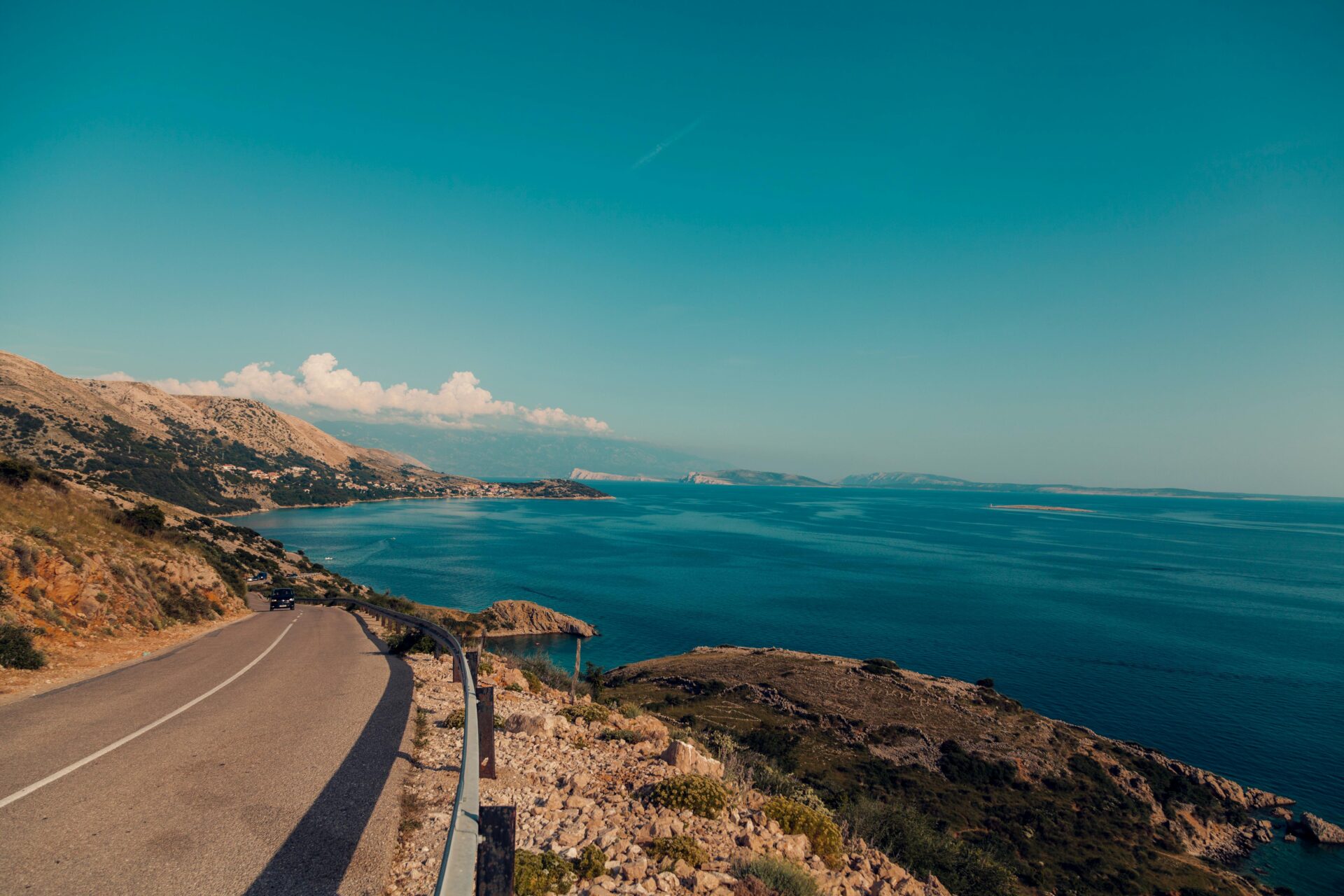
Exploring Beyond Pollino: National Parks of Italy
Italy has 25 national parks, and I think Sila National Park is worth a stop if you’re already in Calabria.
It’s just a two-hour drive from Pollino. Sila’s high plateaus and lakes create a beautiful contrast with Pollino’s rugged landscape.
Up north, the Dolomiti Bellunesi National Park shows off the dramatic limestone peaks of the Dolomites. The hiking there takes you through alpine scenery, glaciers, and mountain passes.
For coastal beauty, Cinque Terre National Park lines the Tyrrhenian Sea with colorful villages and seaside trails.
If you’re in Sicily, the parks protect unique Mediterranean ecosystems. Etna stands out as Europe’s largest active volcano—definitely something to see.
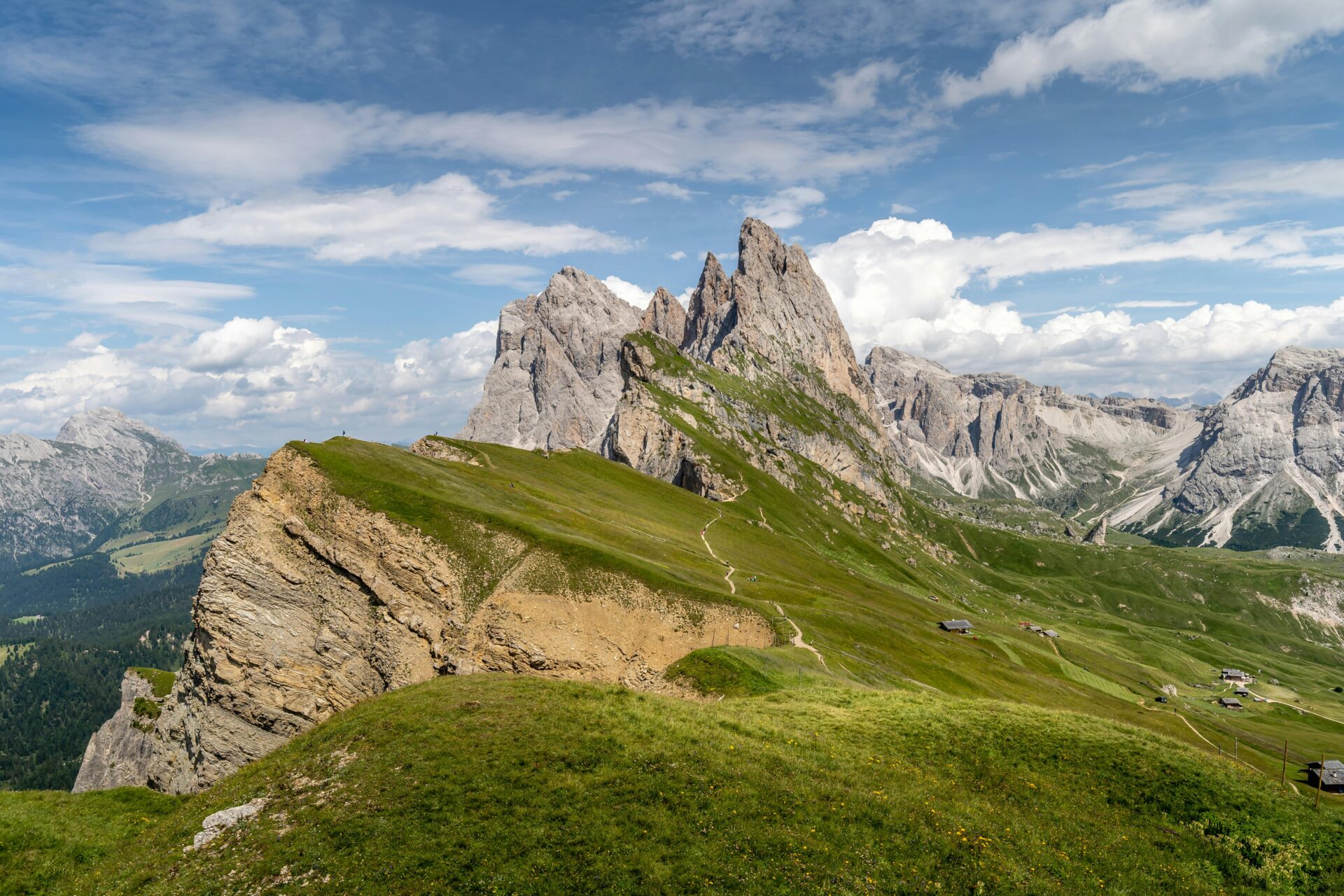
Best Times to Visit and Weather Considerations
April to June? That’s when you’ll catch the best mix of mild weather and blooming wildflowers.
Orchids usually pop up from late March through May, so keep your eyes peeled if you love spotting them.
When summer rolls around—think July and August—temperatures can climb to 30°C (86°F) down in the valleys.
The mountains, though, hang onto their coolness. I’d say start your hikes early unless you want to sweat it out in the afternoon.
Fall? Absolutely stunning. From late September through October, spectacular foliage transforms the landscape.
The old loricato pines look even more striking with all those autumn colors. Trails usually stay in great shape for hiking, too.
In winter, snow covers the higher elevations from December to February.
Some trails close off, but honestly, wandering among those snow-dusted pines feels pretty magical—hardly anyone gets to see that side.

